Educational Standards and Streaming Put an End to Saturday Morning Cartoons
Saturday morning cartoons were once a staple of American childhood. They now cease to exist in the form that once defined weekend routines for generations.
Much like payphones and video rental stores, this cultural phenomenon, which captured the hearts of children from the 1960s to the 1990s, has faded away into the realm of fond memories.
The Inception with ‘Crusader Rabbit’
The tradition of Saturday morning cartoons began in 1950 with Crusader Rabbit, the first television animation.
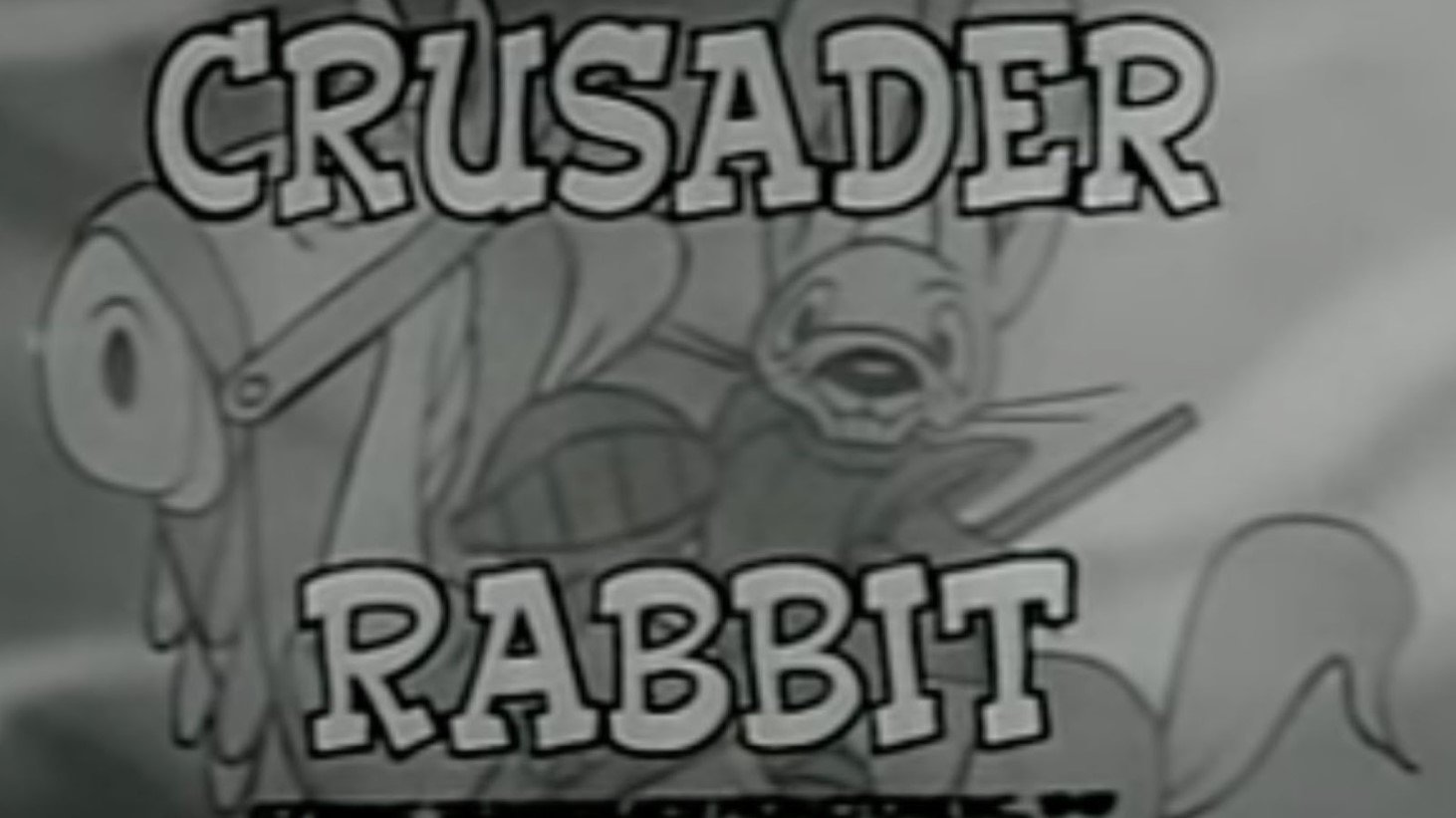
Source: candolex/YouTube
However, it was the innovation by William Hanna and Joseph Barbera after their departure from MGM that catalyzed the proliferation of animated series. Their techniques allowed for more efficient production, leading to the creation of iconic shows such as The Flintstones and The Jetsons.
Transitioning to a Child-Centric Time Slot
In the mid-1960s, animated shows transitioned to become primarily children’s entertainment, with major networks dedicating Saturday morning slots to these programs.
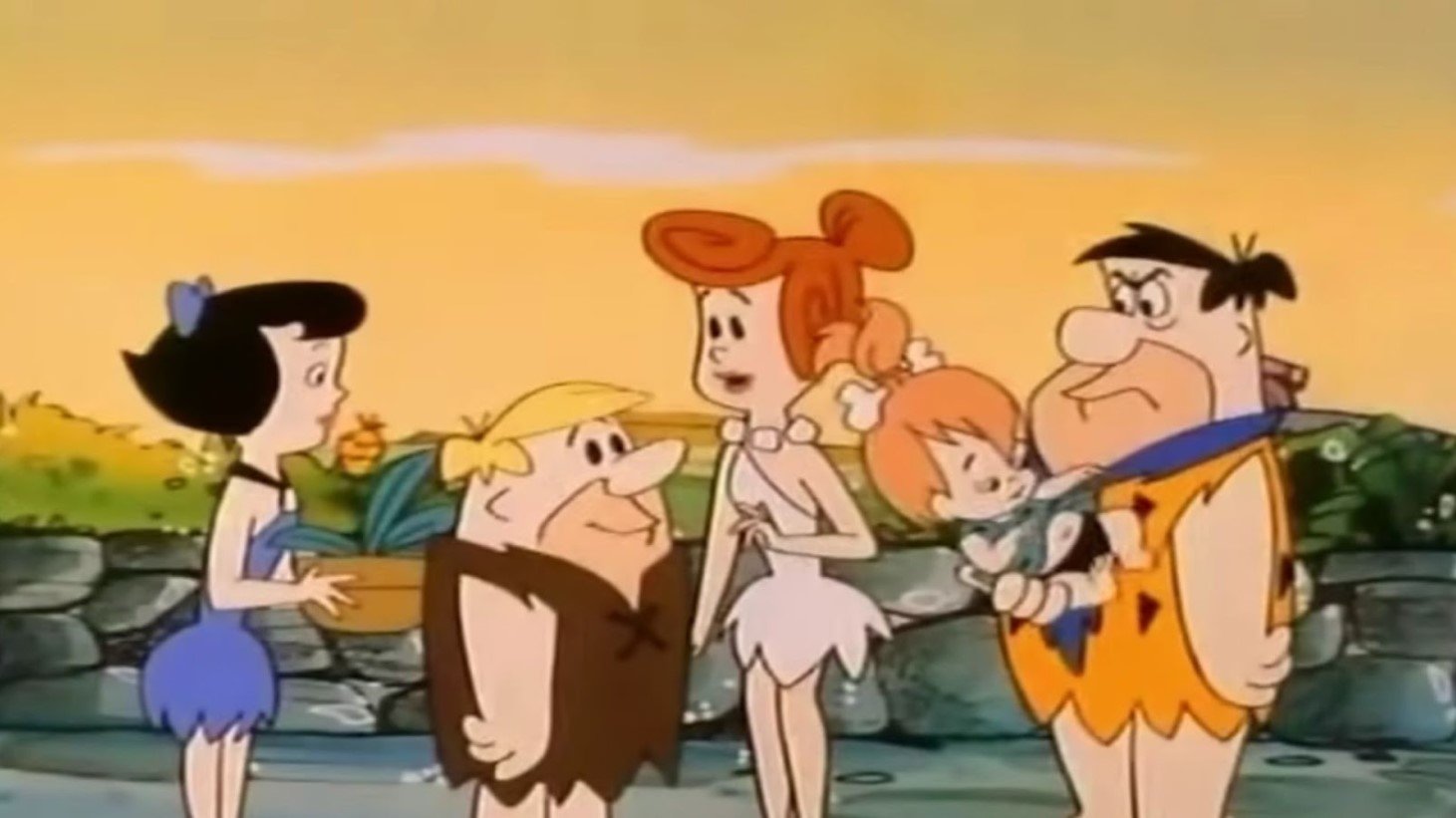
Source: KIDS WORLD OF TOONS/YouTube
This shift marked a significant change in television culture, positioning shows like The Flintstones as weekend morning fare for kids, rather than family prime-time viewing.
Rising Parental Concerns Over Content
Towards the end of the ‘60s, parental advocacy groups raised concerns about the impact of cartoon violence and stereotypes, as well as the blurred lines between entertainment and advertising.
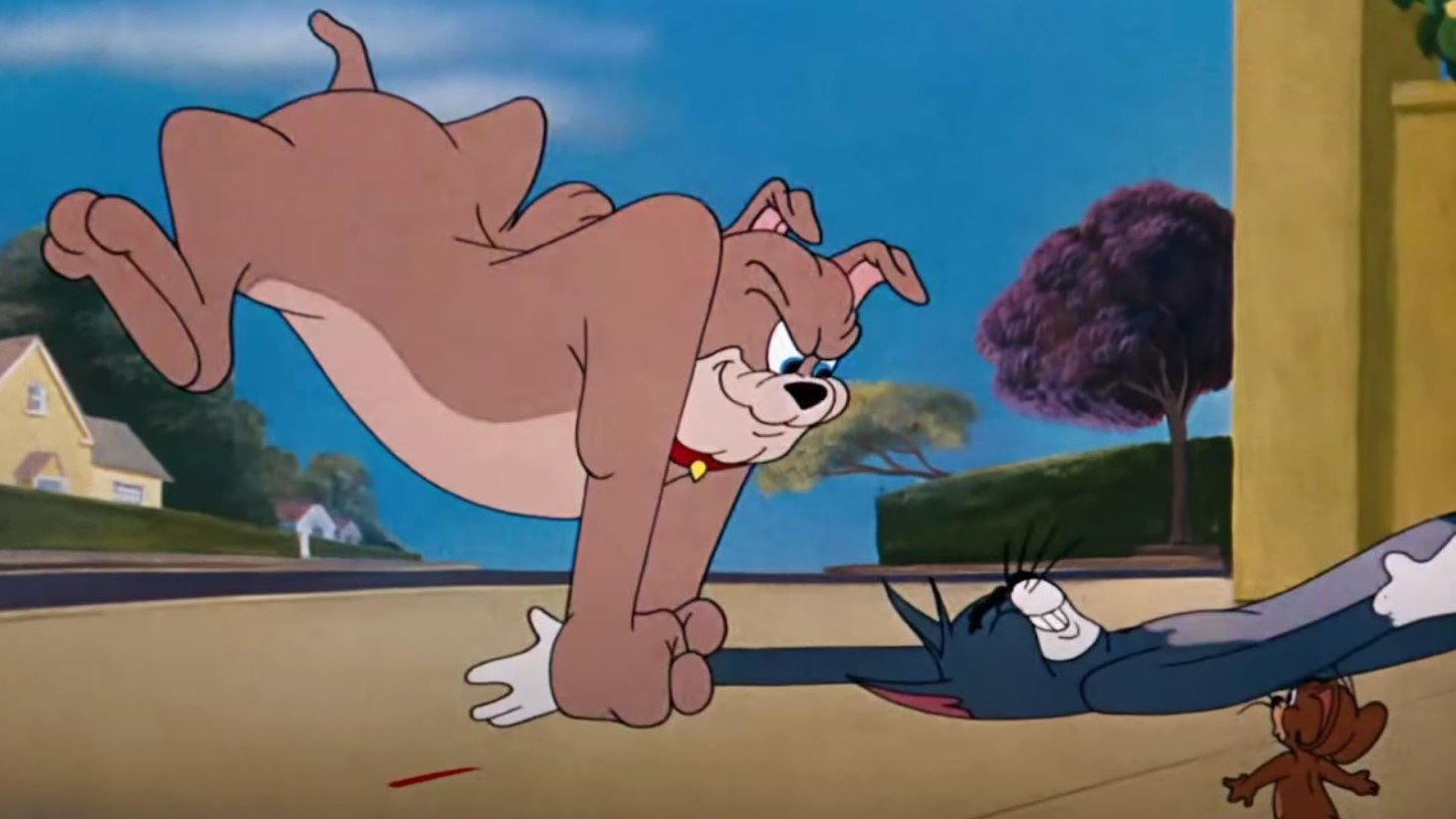
Source: WB Kids/Youtube
These concerns ultimately led to increased scrutiny and the imposition of regulations aimed at balancing commercial content with educational and informative programming.
NBC's Pivotal Programming Change
On September 12, 1992, NBC made a decisive move away from the tradition of animated programming by replacing cartoons with live-action shows aimed at adult audiences.

Source: Getty Images
This marked a significant shift in the landscape of Saturday morning television and the beginning of the end for the cartoon block as it was known.
The Rise of TNBC
In the wake of the shift from animated to live-action programming, NBC launched Teen NBC (TNBC), featuring shows like Saved by the Bell.
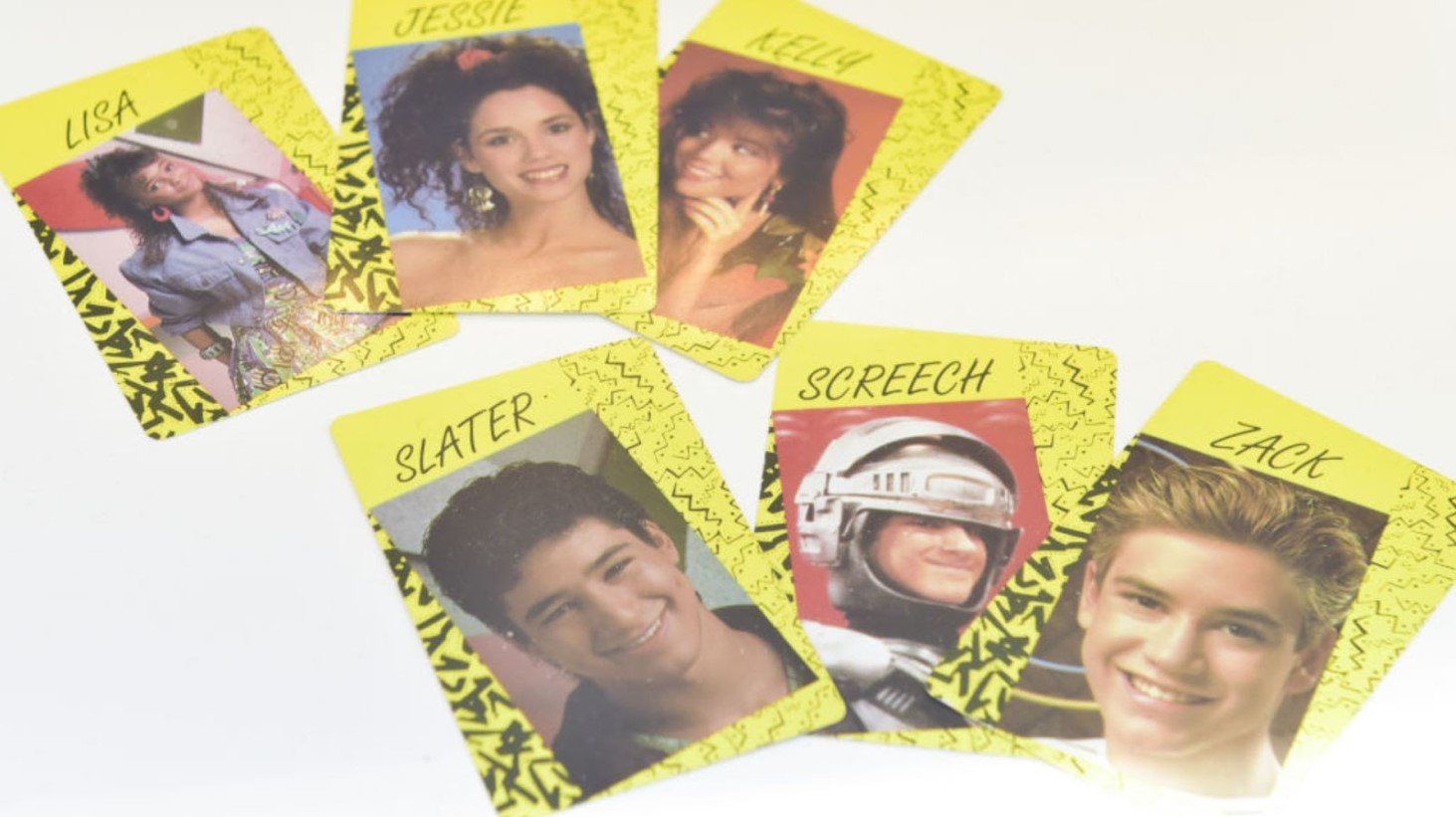
Source: Getty Images
This new lineup was designed to attract a teenage audience, marking a departure from the network’s previous focus on cartoons for younger children.
Educational Programming on NBC
Following a decline in ratings for TNBC, NBC partnered with Discovery Kids to offer educational content on Saturday mornings.
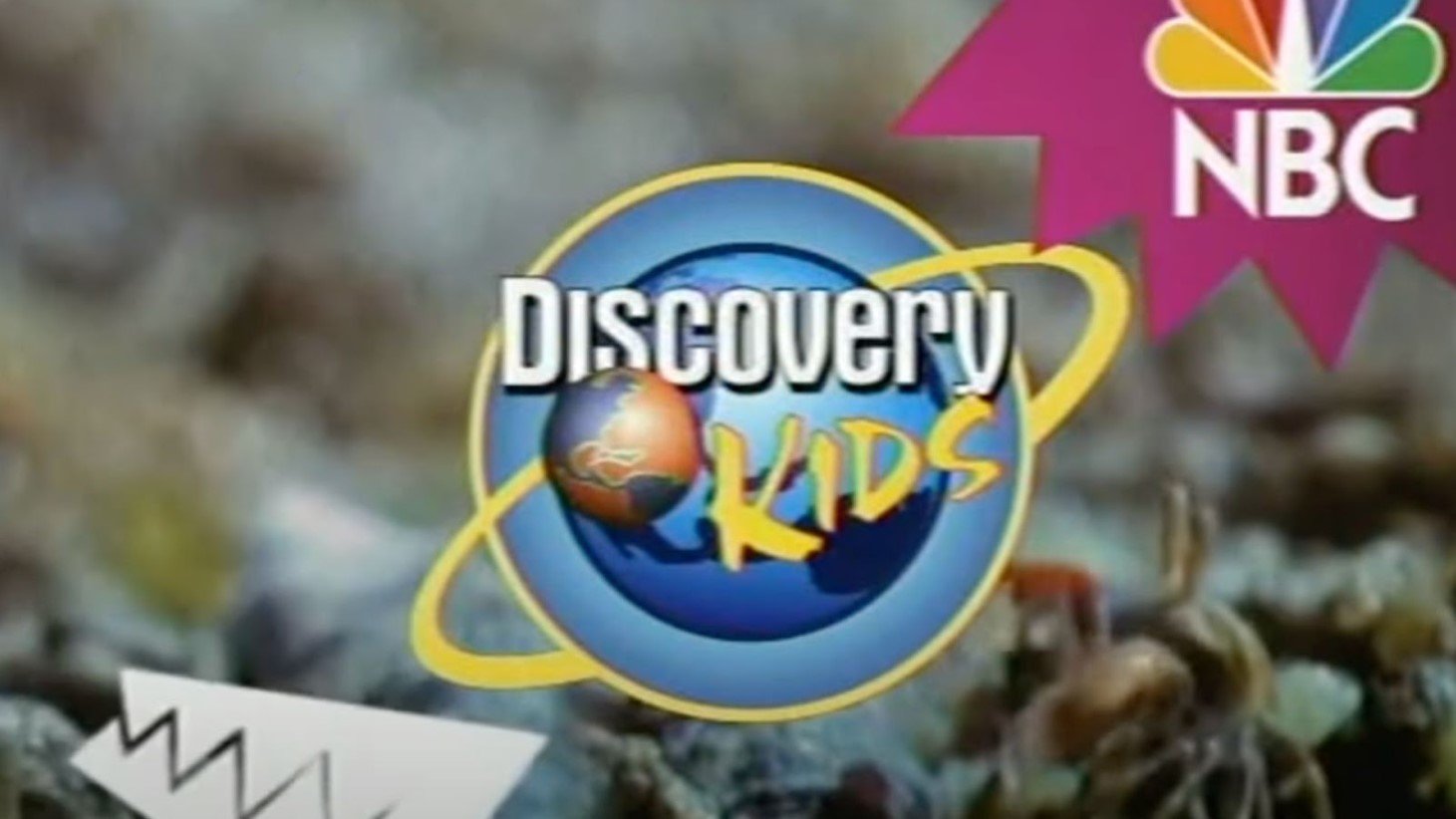
Source: Broken Saw/YouTube
Aligning with federal standards for children’s educational television, this marked a further move away from traditional entertainment programming.
CBS Adopts Educational Programming
CBS followed in NBC’s footsteps by introducing an educational lineup in its Saturday morning block.
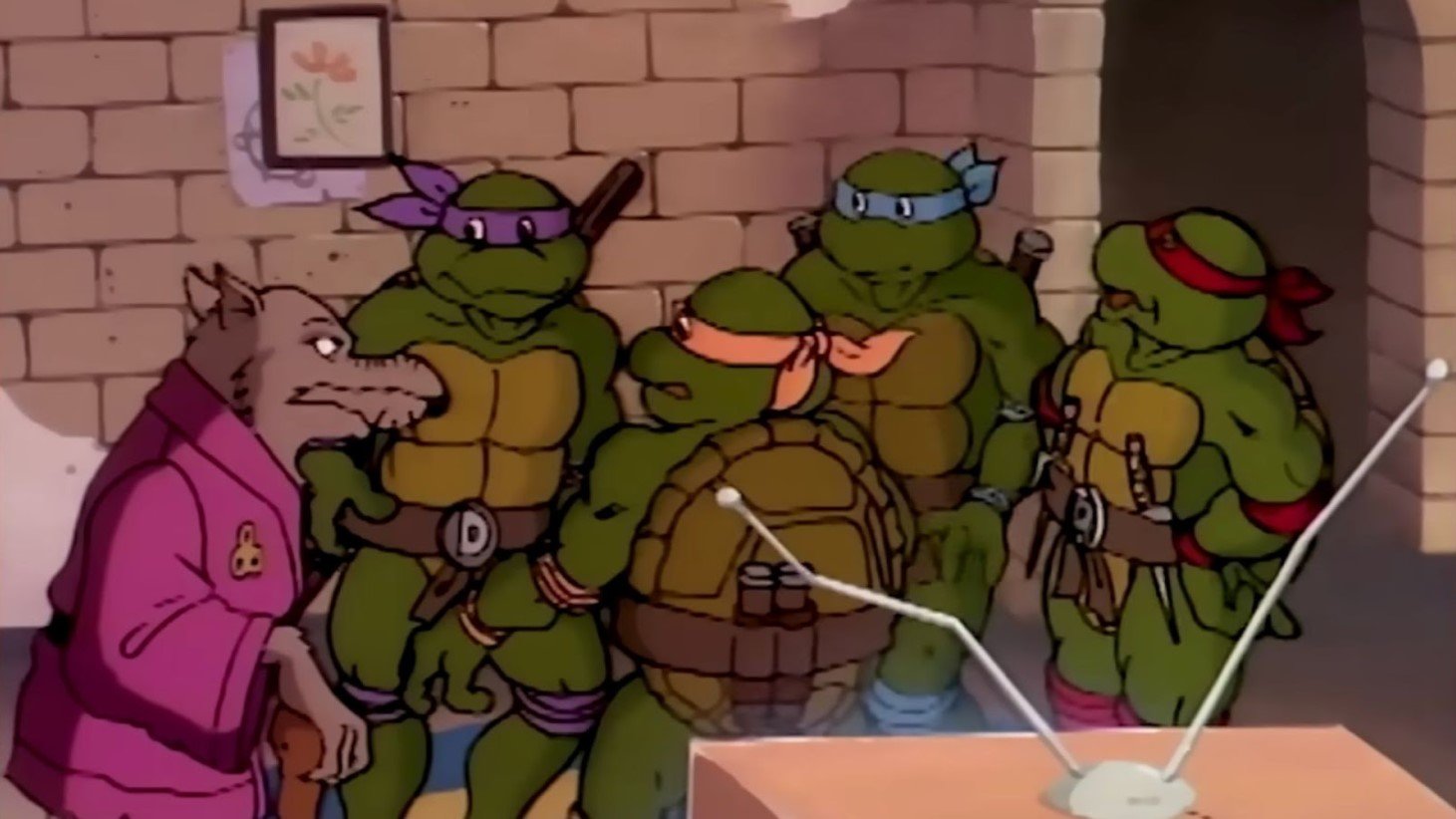
Source: Teenage Mutant Ninja Turtles/Youtube
This change came in response to stricter regulations and a shift in programming strategy, moving away from cartoons like Teenage Mutant Ninja Turtles to shows like The New Ghostwriter Mysteries.
ABC's Delayed Shift from Animation
ABC, in partnership with Disney, maintained animated programming longer than its counterparts.
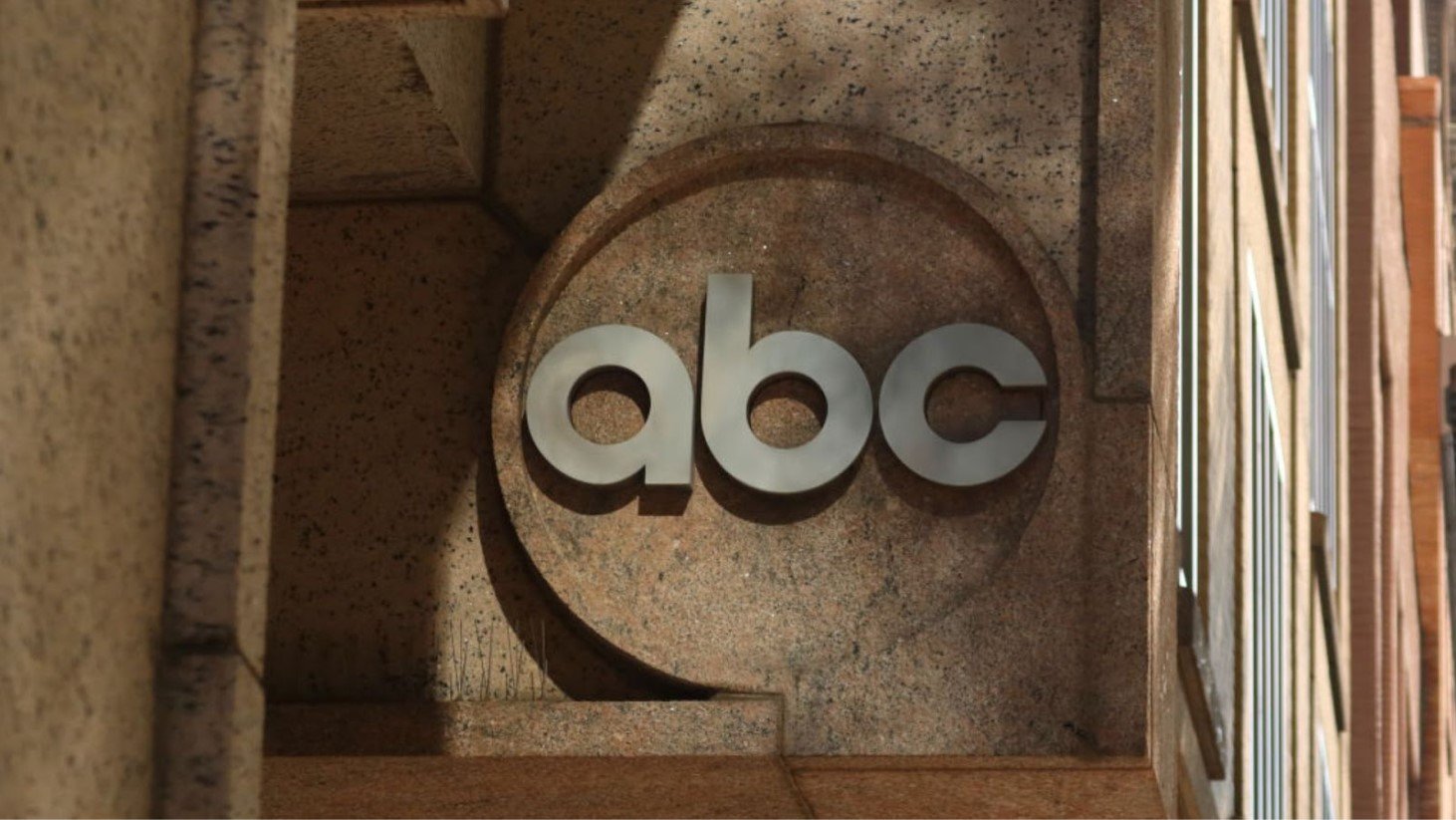
Source: Getty Images
However, even this network eventually transitioned to educational programming, with “One Saturday Morning” giving way to a lineup that met educational standards set forth by federal regulations.
The Transformation of Fox Kids
Fox Kids, which launched in 1990 and was known for shows like The Tick and Batman: The Animated Series, eventually transitioned to an educational block.

Source: Getty Images
The network’s shift mirrored the broader industry move towards content that fulfilled educational mandates.
The CW's Final Cartoon Offering
The CW was the last of the networks to offer a traditional cartoon block with Kids’ WB.
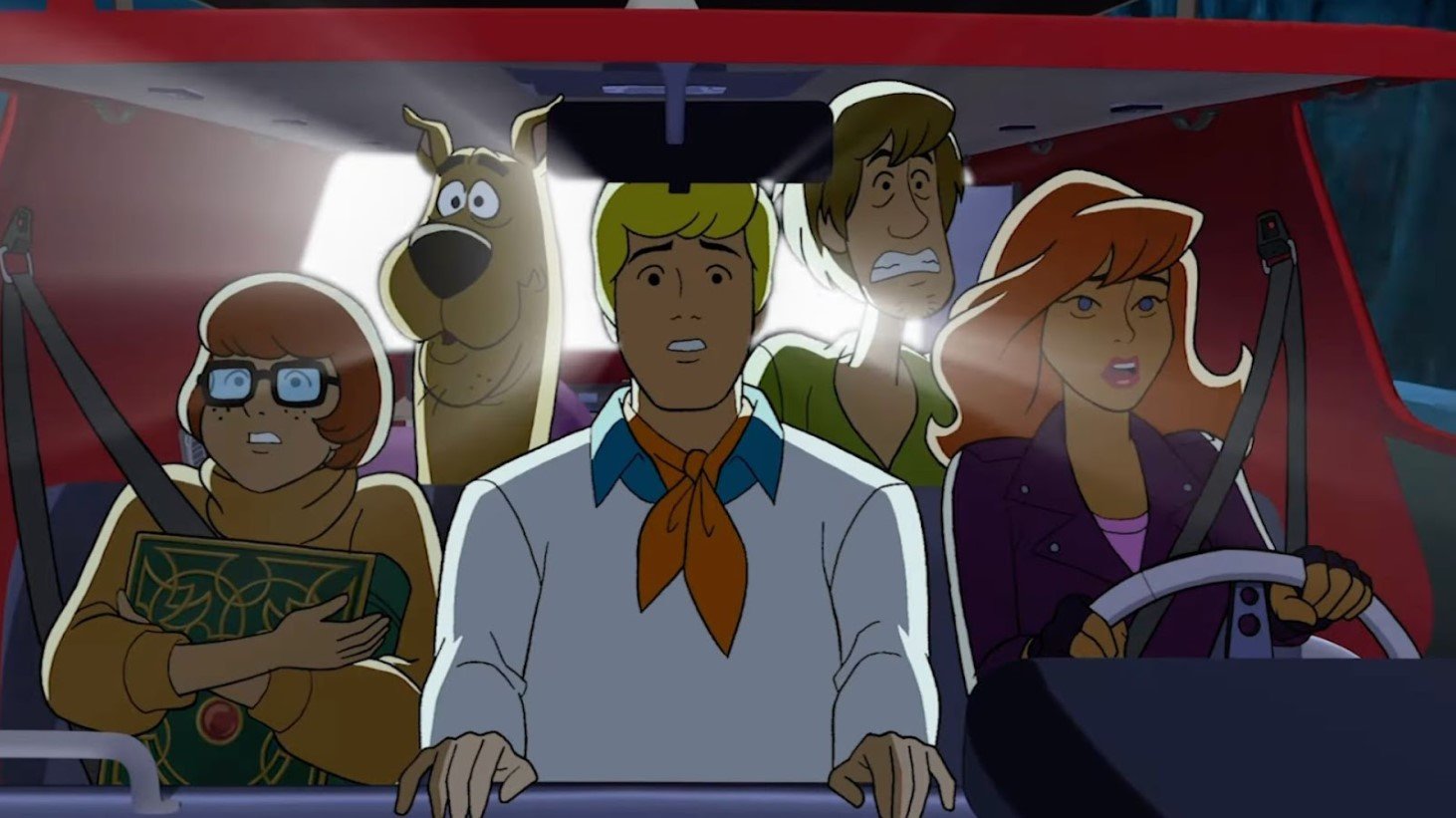
Source: WB Kids/YouTube
Over time, this too was replaced by educationally-focused programming, ending the long-standing tradition of animated Saturday morning blocks.
Cartoons in the Modern Age
The end of “Vortexx” in 2014 marked the official conclusion of traditional Saturday morning cartoons. With the advent of digital streaming services, the availability of cartoons has become constant, allowing for on-demand viewing.

Source: freestocks/Unsplash
This change reflects a significant shift in how and when cartoons are consumed in the contemporary media landscape.
